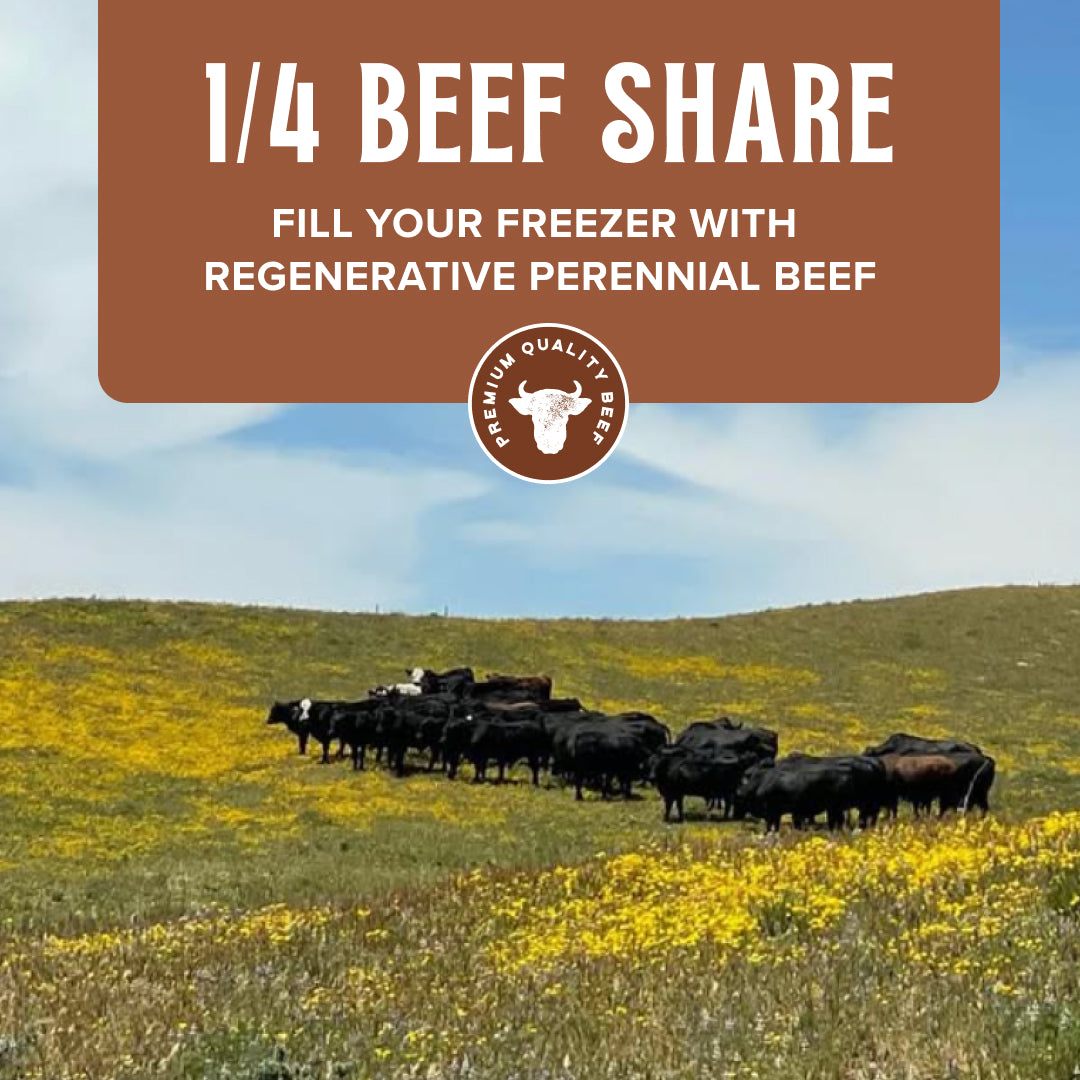Our Focus on Nutrient Density
We are working with Food Metabolomics Lab
Lab Director/PI: Stephan van Vliet, PhD (stephan.vanvliet@usu.edu)
Summary of Antioxidant Data: Differences Between Groups and Health Implications
Introduction
The antioxidant content in different types of meat, such as Perennial Pastures Chicken Leg, Ribeye, Grass-fed beef, and Grain-fed beef, reveals significant variations that may influence health outcomes. Antioxidants are compounds that help neutralize free radicals, reducing oxidative stress and potentially lowering the risk of chronic diseases. This summary provides an overview of the antioxidant data, highlighting differences between the groups and discussing the potential health implications of these differences.
Implications of Meat Type and Farming Practices
- Grass-fed vs. Grain-fed: The moderate superiority of Grass-fed beef over Grain-fed beef in antioxidant content suggests that Grass-fed beef may offer some health benefits, although not as pronounced as those offered by Perennial Pastures meats. This could be attributed to the more natural diet of Grass-fed animals, which includes a wider variety of plants.
- Perennial Pastures Advantage: The significantly higher antioxidant levels in Perennial Pastures meats could be due to more diverse plant intake and better animal welfare practices, resulting in less stress and better overall meat quality. These findings advocate for choosing meats from more natural and sustainable farming practices for potential health benefits.
Specific Health Benefits of Key Antioxidants
- Phenolic Acids: Compounds like 2-Hydroxyhippuric acid are known for their anti-inflammatory properties and may reduce the risk of inflammatory diseases.
- Chlorogenic Acid: Found in higher concentrations in Grass-fed beef, this compound has been linked to improved cardiovascular health and metabolic benefits, such as reduced blood pressure and improved glucose metabolism.
Sample Antioxidant Score
- Perennial Pastures Chicken Leg Average: 100.00
- Perennial Pastures Ribeye Average: 77.09
- Grass-fed Beef Average: 77.25
- Grain-fed Beef Average: 57.39
Grass-fed vs. Grain-fed Beef
Grass-fed beef is richer in omega-3 fatty acids and has a better omega-3 to omega-6 ratio compared to grain-fed beef, making it a healthier option for reducing inflammation and promoting heart health.
Perennial Pastures Chicken vs. Conventional Chicken
- PPR: 6 x more Calcium
- 18 x Less Sodium
- 4 x more Magnesium
- 2 x more Copper





